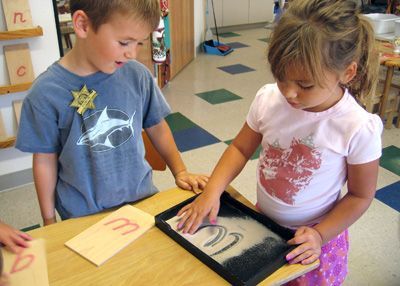Tutoring Resources
Fresh Insights And Advice For Ohio Educators And Families.
Featured Resources
Welcome to the North Coast Education Services resources page. We’d love to hear your comments about our featured content. If you’d like to see more, then feel free to read our full list of articles.



DOWNLOAD THE WORKBOOK
Creating An Effective IEP For Your Child
If you want to help develop your child’s I.E.P., then being prepared with the right information is the first step to equipping parents and educators with a plan to best teach your child according to specific goals they can achieve. Download this quick assessment you can do at home within 20 minutes to get started.
Ready To Use Our Curriculum?
Many of our books and products are available for purchase. If you are interested in purchasing curriculum for your school district, please contact Carole Richards directly at (440) 914-0200


